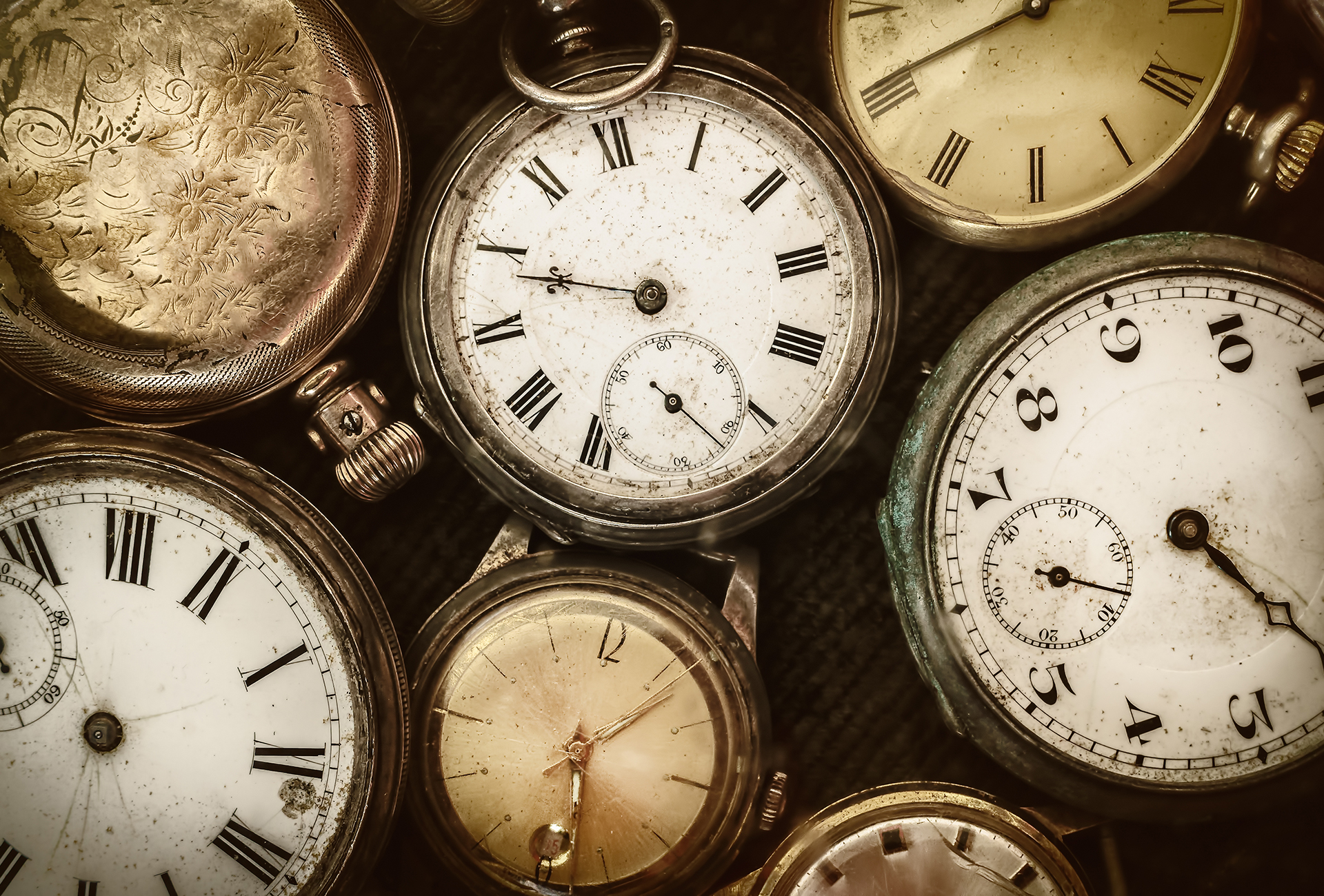Not all brands wait until after the post-holiday lull in January to set the ball rolling on the new year. The twelve strokes of midnight were still reverberating when the brands under the LVMH banner unveiled their latest releases at the LVMH Watch Week. January is also when Jaeger-LeCoultre took the wraps off a new advertising campaign fronted by Anya Taylor-Joy… and launched its eleventh collection of watches. The Collectibles gets top billing on the brand’s website, ahead of the Reverso, Rendez-Vous, Polaris or Master ranges. But hold on: these are not Jaeger-LeCoultre’s latest creations, designed to make their mark on the twenty-first century. Quite the contrary.
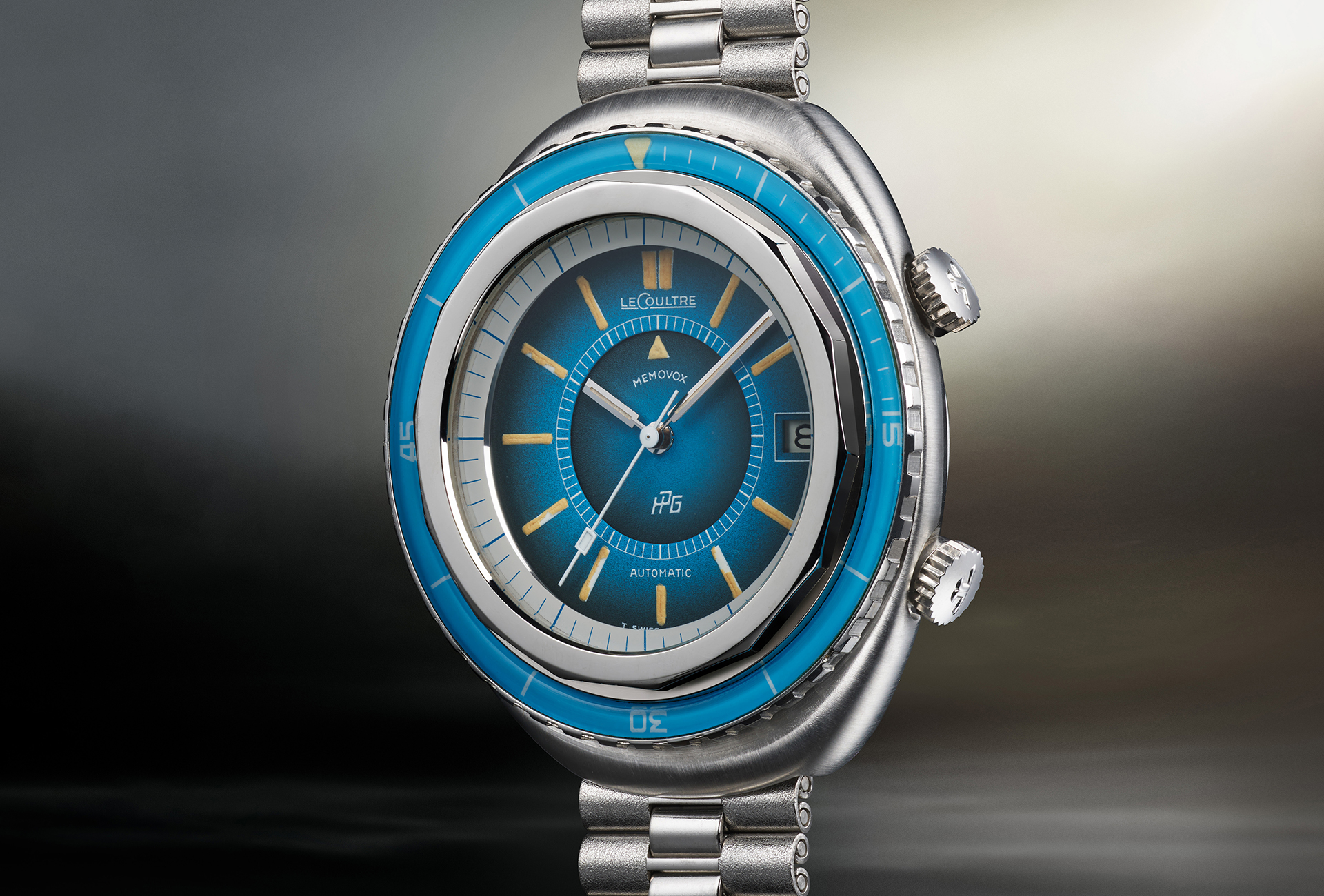
Offered to enthusiasts and collectors, The Collectibles is a curated selection of historic timepieces from “La Grande Maison” that have been individually chosen, controlled and restored by its experts. This constantly evolving selection is available for purchase on the brand’s website and will also form capsule collections that will travel around the world. Jaeger-LeCoultre thus follows on from the likes of Zenith, Cartier and Vacheron Constantin. The latter’s Les Collectionneurs initiative was one of the first of its kind; the brand’s experts hunt down vintage Vacheron Constantin watches which, duly restored, are presented to customers for purchase at special events worldwide.
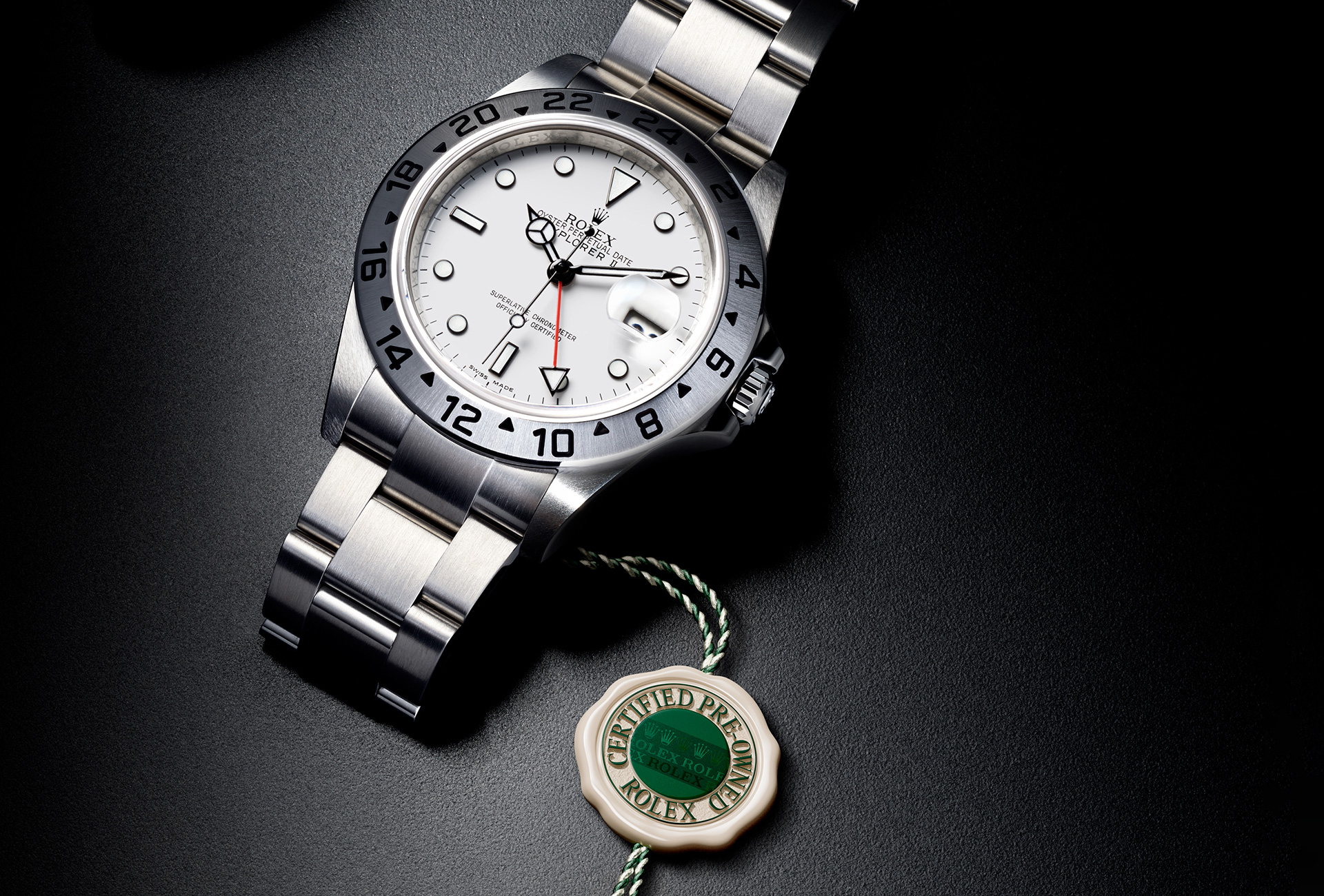
Programmes such as these have every reason to be when the brand in question can lay claim to a 268-year existence, as can Vacheron Constantin, or 190 years at Jaeger-LeCoultre. For some, on the other hand, age is just a number. Richard Mille, for example, a brand established in 2001, has partnerships with selected retailers that are authorised to sell pre-owned Richard Mille watches which have been shown to meet the brand’s criteria. Then last December Rolex announced the launch of its Certified Pre-Owned programme which, in the brand’s words, “vouches for the authenticity of second-hand Rolex watches at their time of resale by an Official Jeweler.” Each of these pre-owned watches comes with a seal that attests to its proper functioning and is accompanied by a two-year warranty. By only including watches that are at least three years old, Rolex clearly aims to curb the speculation fuelled by the long wait times for certain of its models. That a heavyweight such as Rolex – financial analysts estimate that it accounts for one-third of both the primary and secondary markets – should be entering the pre-owned channel is a strong indication of the importance now attached to what was, not so very long ago, dismissed as a place for fakes and retailers offloading excess inventory.
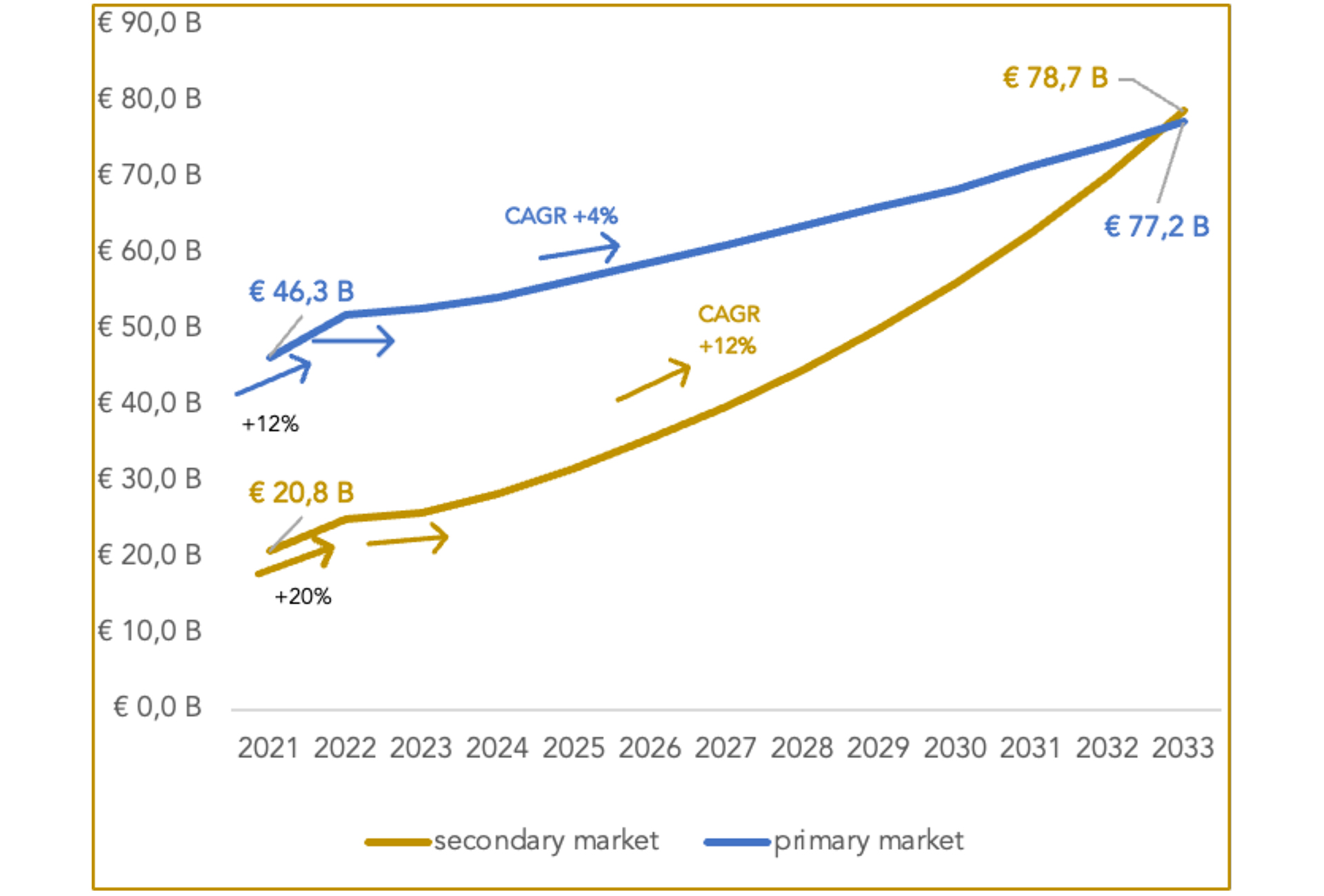
Not any more. Swatch Group brands are among the rare few not to be showing an interest in the second-hand market and what are now considered to be its many virtues, not the least of which is strong growth. The Deloitte Swiss Watch Industry Study 2022 predicts that this growth will continue over the next eight years, as a result of which the pre-owned market will be worth CHF 35 billion by 2030. This is a far too conservative estimate for watch consulting firm LuxeConsult, which earlier this month published its extensive report. It forecasts that the secondary market will surpass the market for new watches by 2033 as it more than triples in value from the current CHF 25 billion to CHF 79 billion. The reason for this is simple: a 12% compound annual growth rate (CAGR): three times that of the primary market which LuxeConsult estimates at 4%, consistent with the historical CAGR between 2000 and 2019.
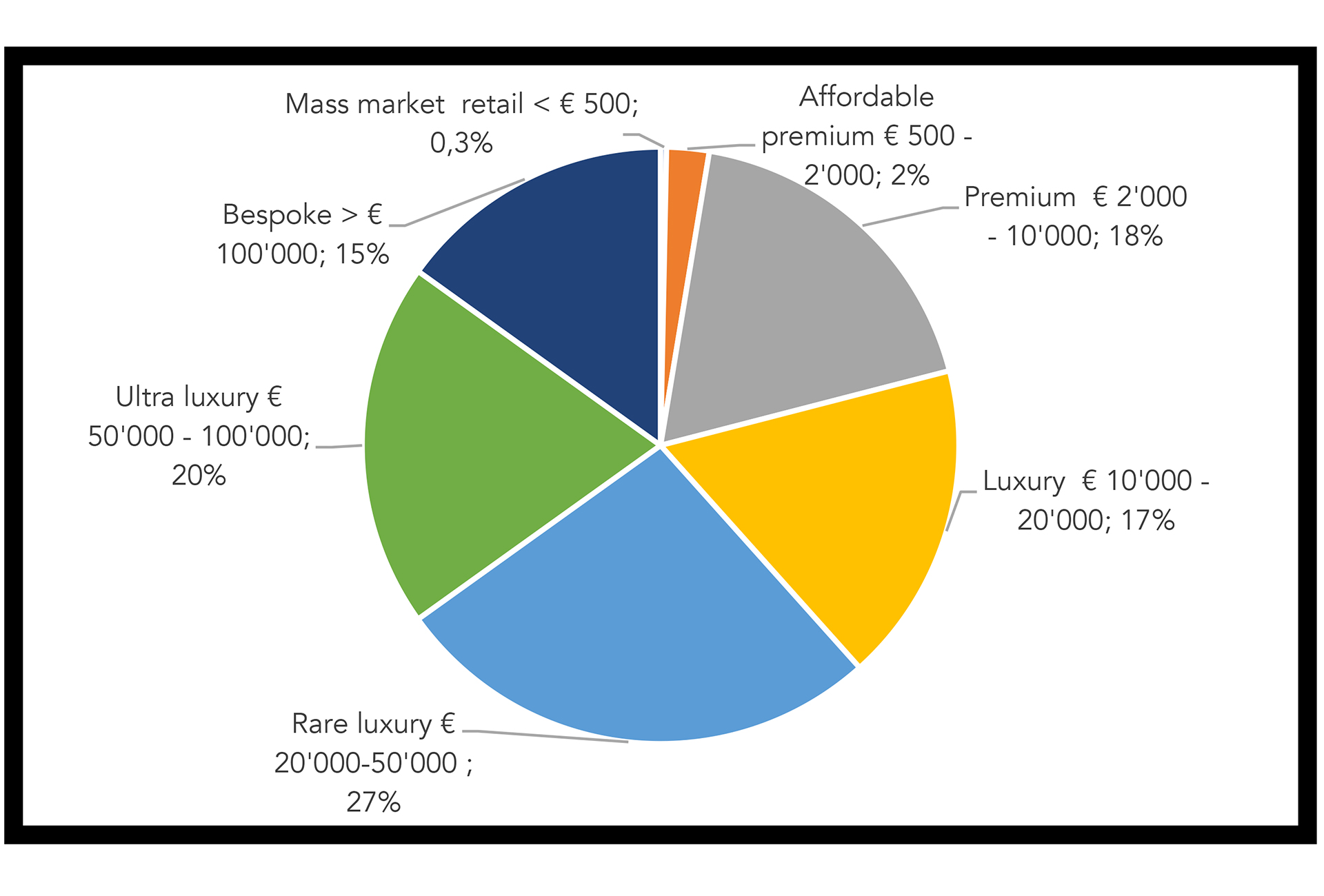
“We need to consider several factors when explaining growth in the pre-owned market,” says Olivier Müller, founder of LuxeConsult. “Firstly, the increase in the number of online transactions which now provide price transparency that was completely lacking in the past. Secondly, Millennials and Gen Z, who are driving this market, don’t take the same approach as the previous generation of collectors. They have no qualms about buying and reselling in often a very short space of time. Thirdly, more and more of the major platforms are providing an authentication service, which is essential in creating the trust their business needs.” The catalyst of the spring and autumn sales held by the leading auction houses and, at the opposite end of the spectrum, the possibility to buy non-speculatively mechanical watches at prices the ordinary enthusiast can afford, have also given the pre-owned market legs.
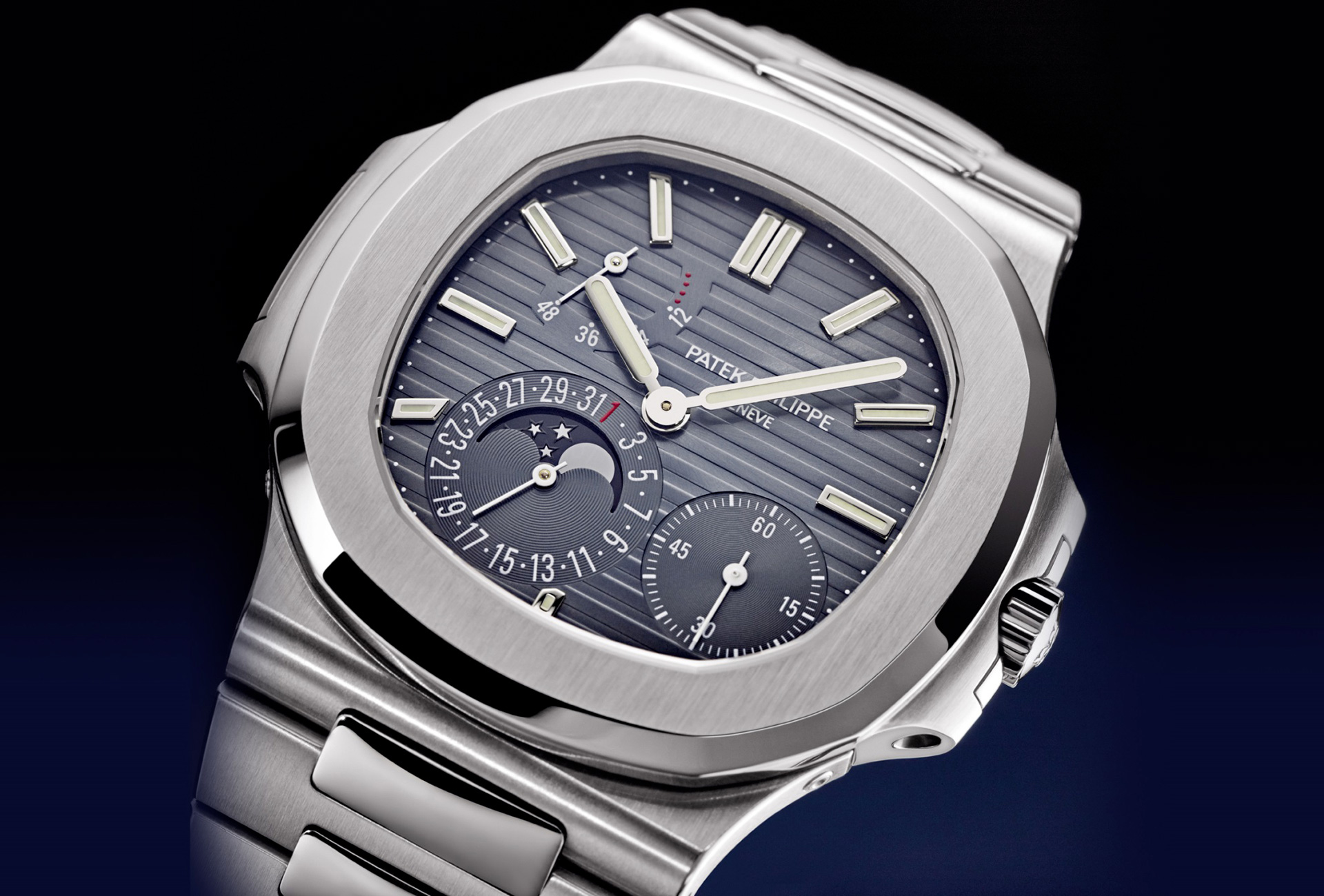
This leaves the question of polarisation, already seen in the primary channel where the top five brands account for 50% of the market, based on research by Morgan Stanley and LuxeConsult. One good indicator is the Subdial 50 index which, like a stock market index, compiles prices for the 50 most traded pre-owned watches. Currently the index is composed of 44 Rolex, five Patek Philippe and one Audemars Piguet, which gives a clear indication of where interest lies. The index has, however, dropped 32% in the past 12 months, suggesting that prices for the most sought-after models are cooling down, due in part to the crash in cryptocurrencies after the cryptocurrency exchange FTX went bankrupt. For enthusiasts, this could be the chance to position themselves on watches that measure up from a technical perspective without reaching the stratospheric prices of the most coveted (hence most costly) models. No doubt we’ll be seeing more of this alternative approach to buying pre-owned in the future.








